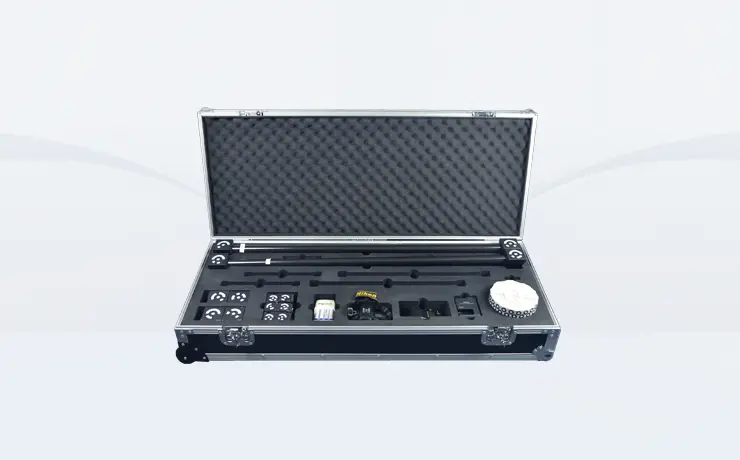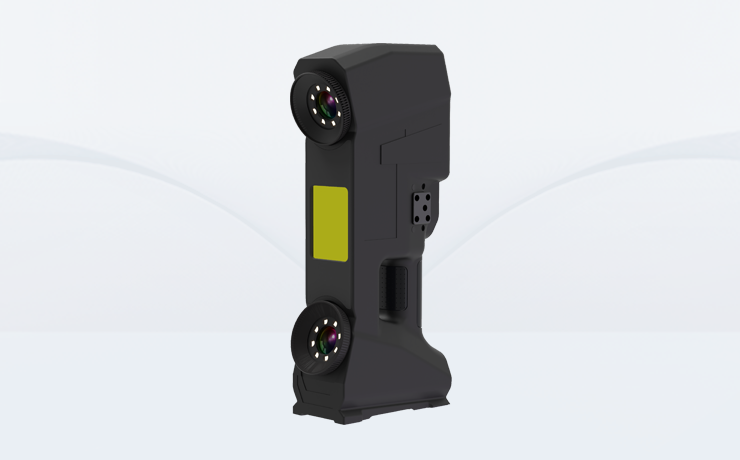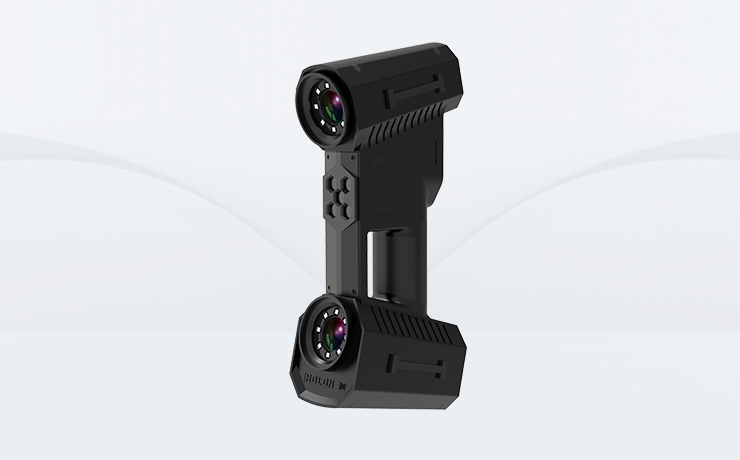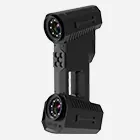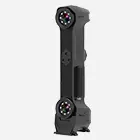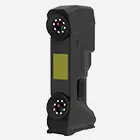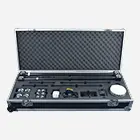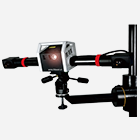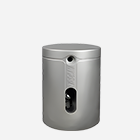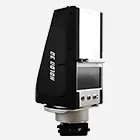- A +
- A
- A -
The design of the blades in the wind turbine directly affects the conversion efficiency of wind energy and its annual power generation. Design airfoils and blades with better aerodynamic performance and conduct aerodynamic analysis. The airfoil, as the aerodynamic shape of the blade, directly affects the blade's utilization of wind energy. The advantage of the airfoil is that it has a high lift coefficient and lift-drag ratio under design conditions, and has good stall performance under non-design conditions.
1. In order to test wind blade products, the company cannot effectively measure the wind blades using traditional measurement tools.
2. The surface shape of wind blades has a large curvature, and ordinary 3D scanner equipment cannot perform accurate 3D data measurement at all.
A domestic Canadian company is testing and certifying wind blade products that are about 10m long and more than 1m wide. It needs to scan the three-dimensional data of the wind blade and the original two-dimensional image for inspection and comparative analysis, and carry out secondary design and product development of wind turbine blades. improvement work.
In the case of wind turbine blades with large areas and many curved surfaces, Hualang 3D engineers proposed solutions using scanning equipment: 3D scanner α7000; 3D photogrammetry system HL-3DP
A. Hualang 3D engineers use the 3D photogrammetry system HL-3DP to take photos of the tested blades from different angles, and then import the captured pictures into the photogrammetry software. The software will automatically calculate the overall shape of the tested blades based on the triangulation principle. Frame points.
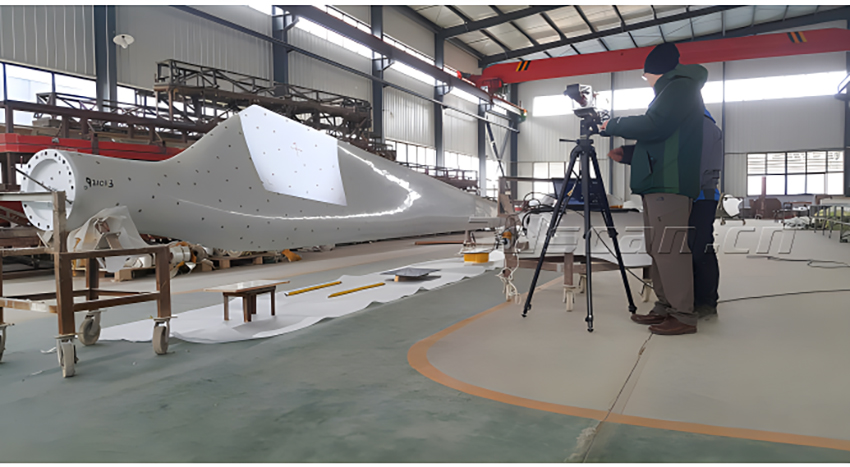
Photogrammetric survey site of wind turbine blades about 9m long and 1m wide

3D scanning site of wind turbine blades
B. The three-dimensional scanner α7000 conducts comprehensive three-dimensional measurements of wind blades and obtains three-dimensional measurement data of wind turbine blades.
C. Use reverse design software to analyze the deviation of the digital model size of the high-quality surface model, and then make design adjustments based on the analysis results.
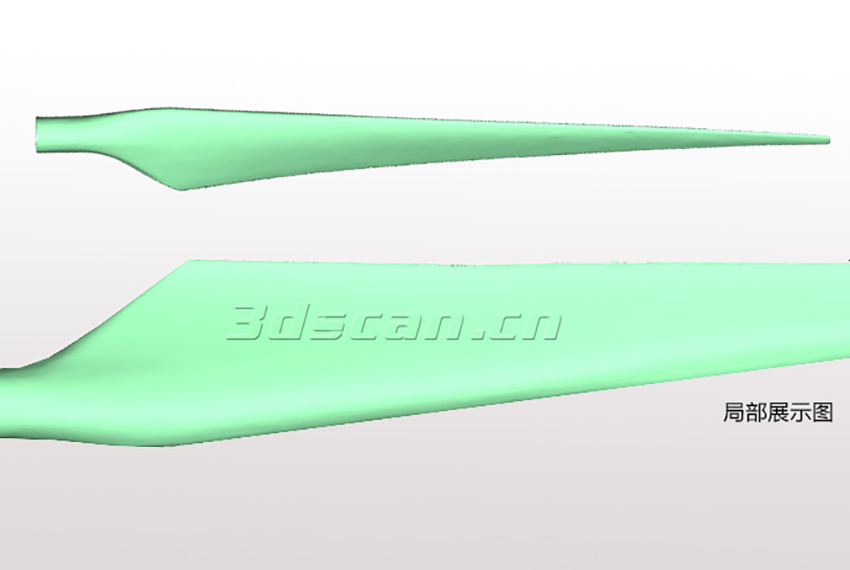
Wind turbine blade scanning point cloud data map
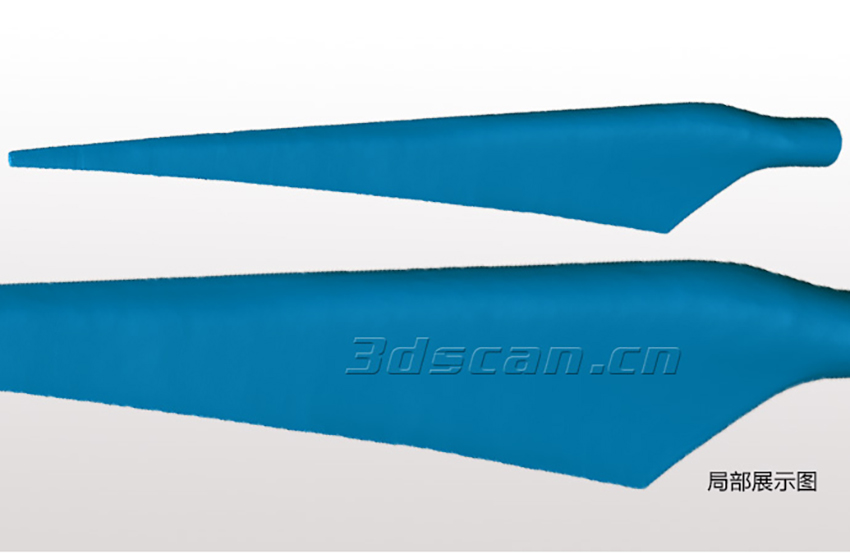
Wind turbine blade scanning STL data chart
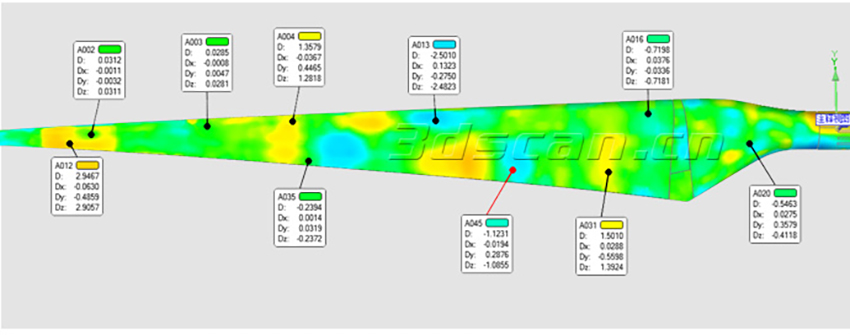
Three-dimensional detection chromatogram of the left side of the wind blade
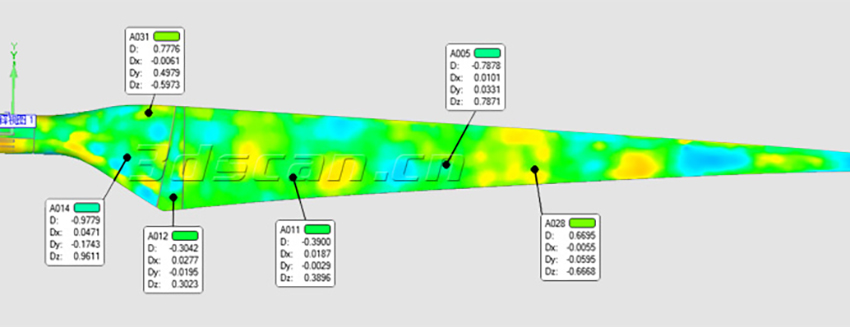
Three-dimensional detection chromatogram on the right side of a wind blade
